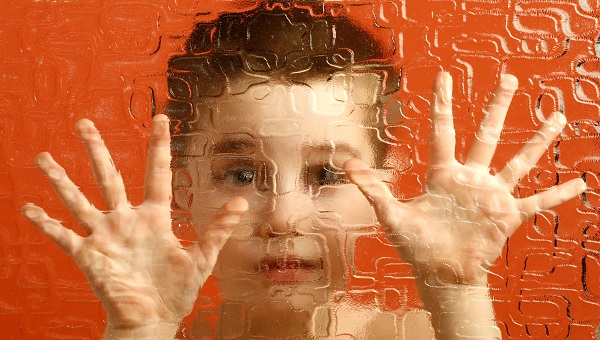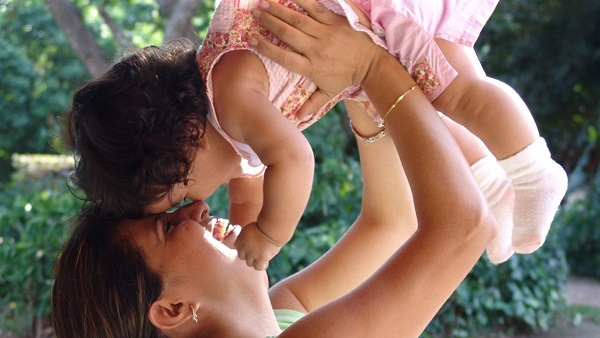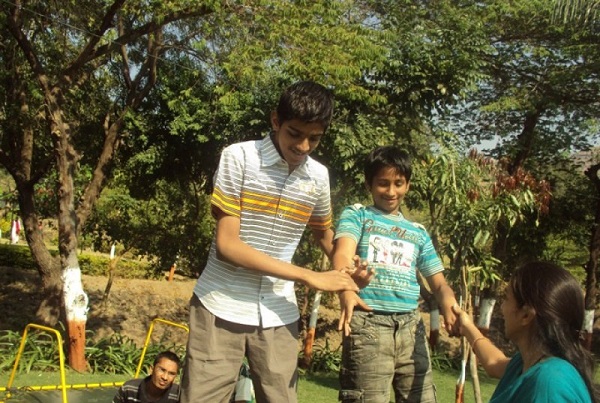Children on the Autism spectrum often display core deficits in motor skills, while others may face problems of another nature.
 by Kamini Lakhani | saiconnections01@gmail.com
by Kamini Lakhani | saiconnections01@gmail.com
Part 2 of the Autism Diaries – Discussing the Autism Core Deficits
Neeraj is a 14-year-old on the Autism Spectrum. He is non verbal and communicates using the PECS (Picture Exhange Communication System). He has problems with both gross and fine motor skills. He displays attention and hyperactivity issues. His parents and teachers need to work hard on keeping him engaged. Reading and writing is a problem for him. The focus right now is on self help skills, on giving him the quality of life that will help him be independent. He needs to be challenged mentally through situations where he needs to solve problems.
Contrast Neeraj with Dheeraj, who is also a 14-year-old on the Autism Spectrum. He studies in a regular school and is doing fairly well. He scored 70 per cent in the last exam. He also may have some attention problems. He finds only Math and Science difficult and hence needs some remedial intervention for this. Otherwise, he is independent and engages in reasonably good conversations. At present, we are working on emotional sharing and understanding the true meaning of friendship.
Both boys were diagnosed with Autism Spectrum Disorder. How do they share the same diagnosis and yet appear so different? 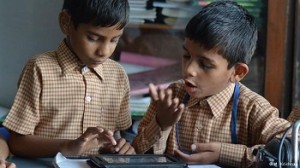
The definition of Autism and Autism Spectrum Disorder (ASD) is provided by the Diagnostic and Statistical Manual of Mental Disorders (DSM-IV). Children with autism are less able to interact with the world as other children do. Typically they have deficits in three key areas:
- Verbal and non-verbal communication
- Social awareness and interactions
- Imaginative play (variable interests and behaviours).
To provide a comprehensive definition of Autism Spectrum Disorder, there are separate labels for different points on the spectrum. At the least affected end, you find labels like ‘Asperger’s Syndrome’, ‘High Functioning Autism’ and ‘Pervasive Developmental Disorder – Not Otherwise Specified’ (PDD-NOS). At the other end of the spectrum you may find labels such as ‘Autism’, ‘Classic Autism’ and ‘Kanner’s Autism’.
Keeping the above definition in mind, Neeraj may fall under the category of ‘Classic Autism’ and Dheeraj may fall under ‘Asperger’s Syndrome’ or ‘High Functioning Autism’.
The Core Deficits of Autism
Dr Steven Gutstein, renowned psychologist and founder of RDI (Relationship Development Intervention), has outlined certain core deficits of autism. These core deficits are mostly shared by everyone on the Autism Spectrum, irrespective of their language abilities, IQ or academic success.
- Declarative or experience sharing communication: If they are non verbal, they may point to get what they want. If they are verbal they may ask for what they want, make demands, talk about their particular interests. But verbally or non-verbally, they may find it difficult to share their experiences and feelings with you.
- Referencing: They may learn to recognise and label various facial expressions, or be taught ‘eye contact’, but they can’t borrow your perspective to help them resolve situations of uncertainty.
- Regulating: They may learn to follow procedures and scripts, but engage with you, in back and forth interactions, if you are being spontaneous or unpredictable.
- Episodic Memory (Autobiographical Memory): They may have a good rote or procedural memory, but lack the kind of personal memory which allows them to reflect on past experiences or anticipate future ones.
- Flexible thinking: They may understand rule-based thinking, or use black and white thinking, but can’t rapidly adapt or alter plans based on changing circumstances, think of multiple right answers, know when something is ‘good enough’ or see ‘shades of grey’.
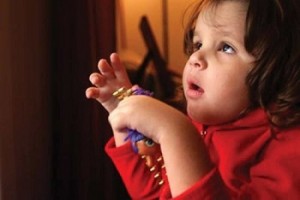 Recognising Asperger’s Syndrome
Recognising Asperger’s Syndrome
Here is another scenario that you may find interesting.
I recently met with the parents of a student, who has just completed his 10th grade. The boy scored well in his exams. Placement in college is difficult. He displays behavioural issues which may not be acceptable in college. He ‘managed’ to get away at school – but his parents are concerned about what he will do in college. They’ve taken him to different vocational centers around the city, but he displays even more severe behaviour such as self-hitting in such places. He feels that the other students here are ‘abnormal’. He is unwilling to accept his diagnosis of ASD. He has Asperger’s Syndrome.
I went through the core deficits listed above with the parents. They confirmed that their son displayed all the core deficits. So, the point is, Core Deficits of ASD will be present, irrespective of the level of functioning.
For an accurate diagnosis, it is important to use the Core Deficits criteria, as opposed to just looking at language and speech and imaginative play.
There are other problems that ‘attach’ to Autism Spectrum disorders. These are co-occurring conditions. These could be:
- Speech or language difficulties? No speech? Delayed speech? Echolalia?
- Do they have sensory issues: over sensitivity to sounds, lights and textures?
- Motor difficulties: fine motor? Gross motor? Motor planning?
- Emotional regulation difficulties: anxiety, depression, aggression?
- Physical or diet related difficulties: allergies, limited diet?
- Repetitive behaviors: ‘stimming’, hand flapping?
Most programmes focus on improving the co-occurring conditions. By doing this, things may get better. However, unless the Core Deficits are treated, Autism may not be truly remediated.
Here is a query that I received recently.
Hi,
My child was diagnosed to have autistic features at 17.5 months. His m chat was 11 abnormal out of 20. We started special education at this time itself. Now he has improved a lot. He is 23 months now and current m chat is 2 out of 20 and cars is 22.5. Although he is out of ASD but not speaking properly yet. He understands and follows almost 80% commands. He is trying to speak many words but not able to. So I have started speech therapy. Kindly tell me his prognosis. Will he come in line same as normal kids? What percentage chances are there for him to come back to normal, pls tell? (sic)
This is likely to happen when Core Deficits are not worked on. Once the core deficits are worked on, we are likely to see balanced development.
I’m currently following the RDI technique which not only addresses core deficits of autism but also focusses on parent training which helps them manage the uncertainty that comes along with a having an autistic child. Please email any questions you have at saiconnections01gmail.com and I will reply to you.
Do share your thoughts and opinions in the comments below. I would love to hear from you.
Kamini Lakhani is the founder of SAI Connections. She is a Behaviour Analyst, an RDI (Relationship Development Intervention) Consultant, Supervisor and Trainer responsible for RDI professional training in India and the Middle East. She is the mother of an adult on the Autism Spectrum. She is also a member of Forum for Autism.
Next: The disconnect between static and dynamic intelligence.
(Pictures courtesy www.dw.de (photographer M Krishna), worldstemcells.com, www.thecuttingedgenews.com. Images are used for representational purpose only

